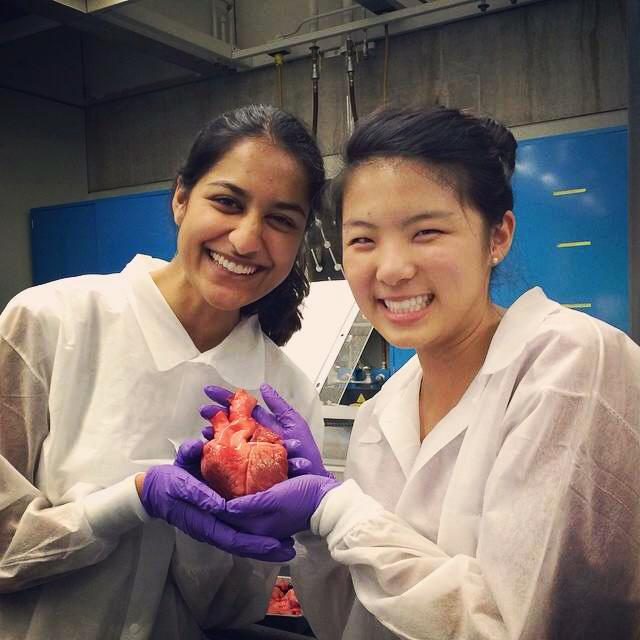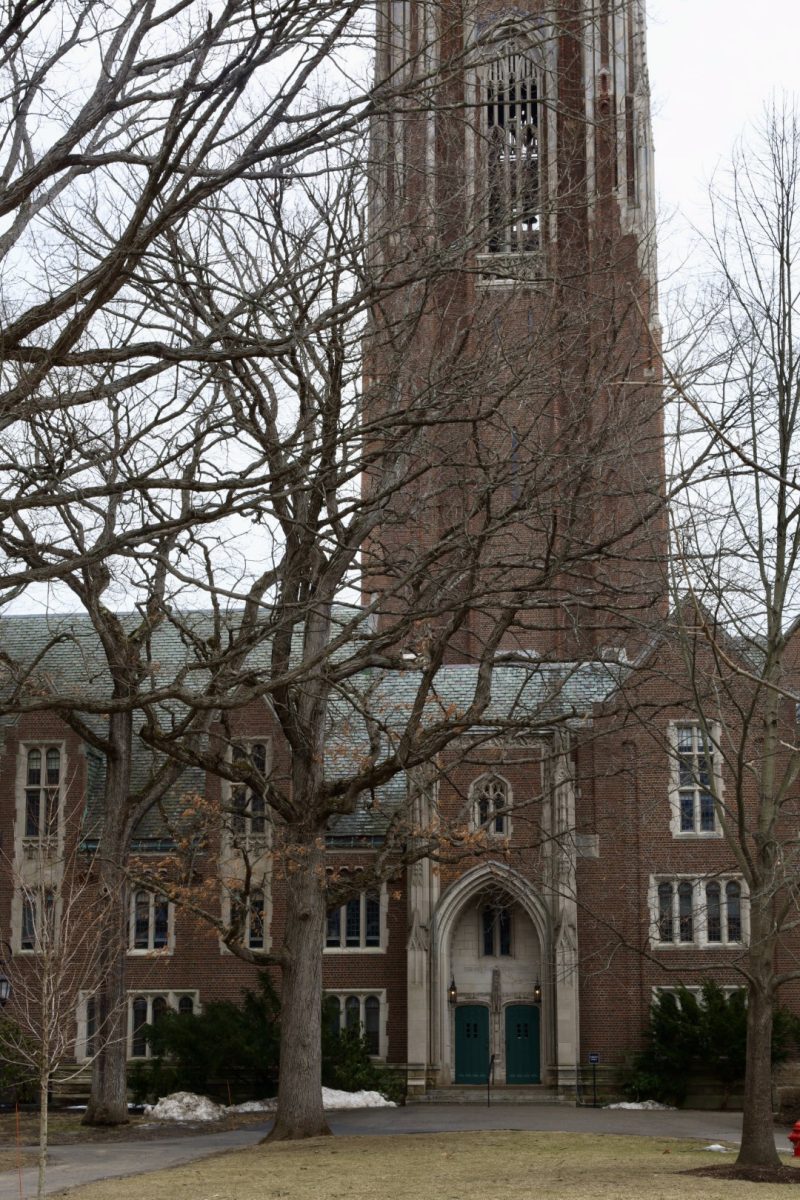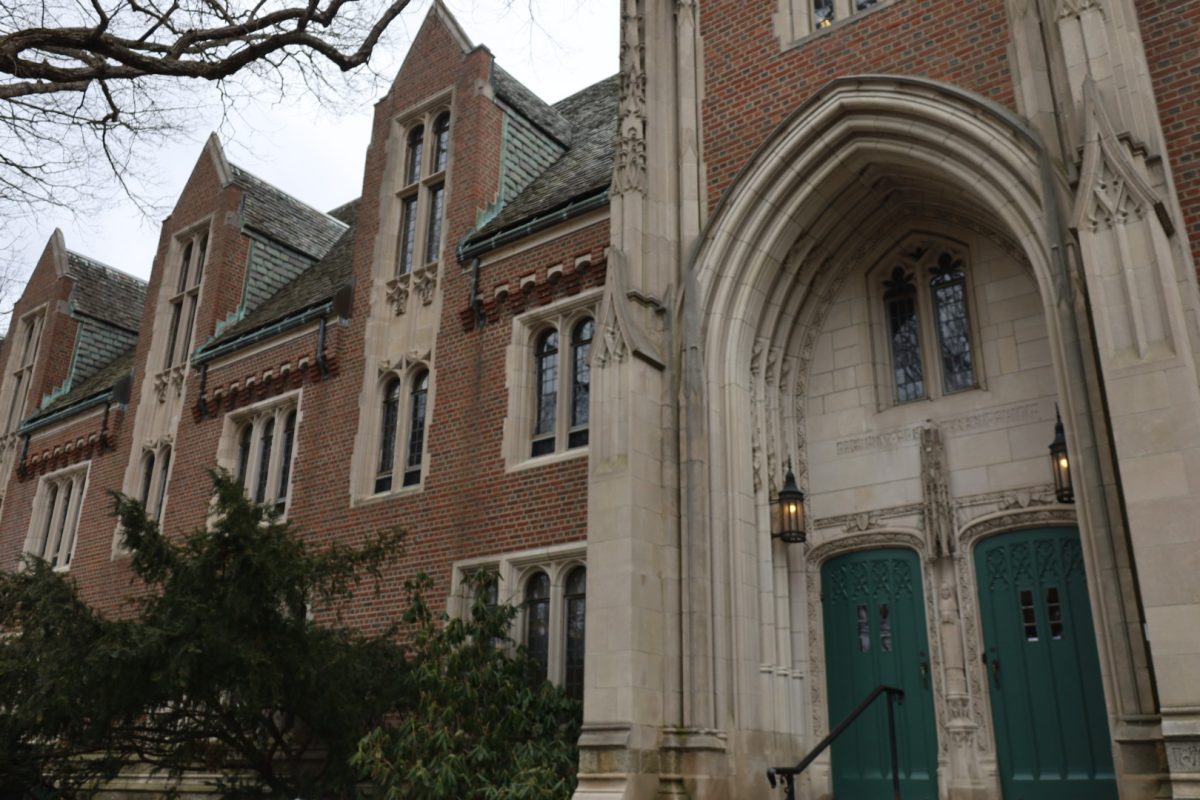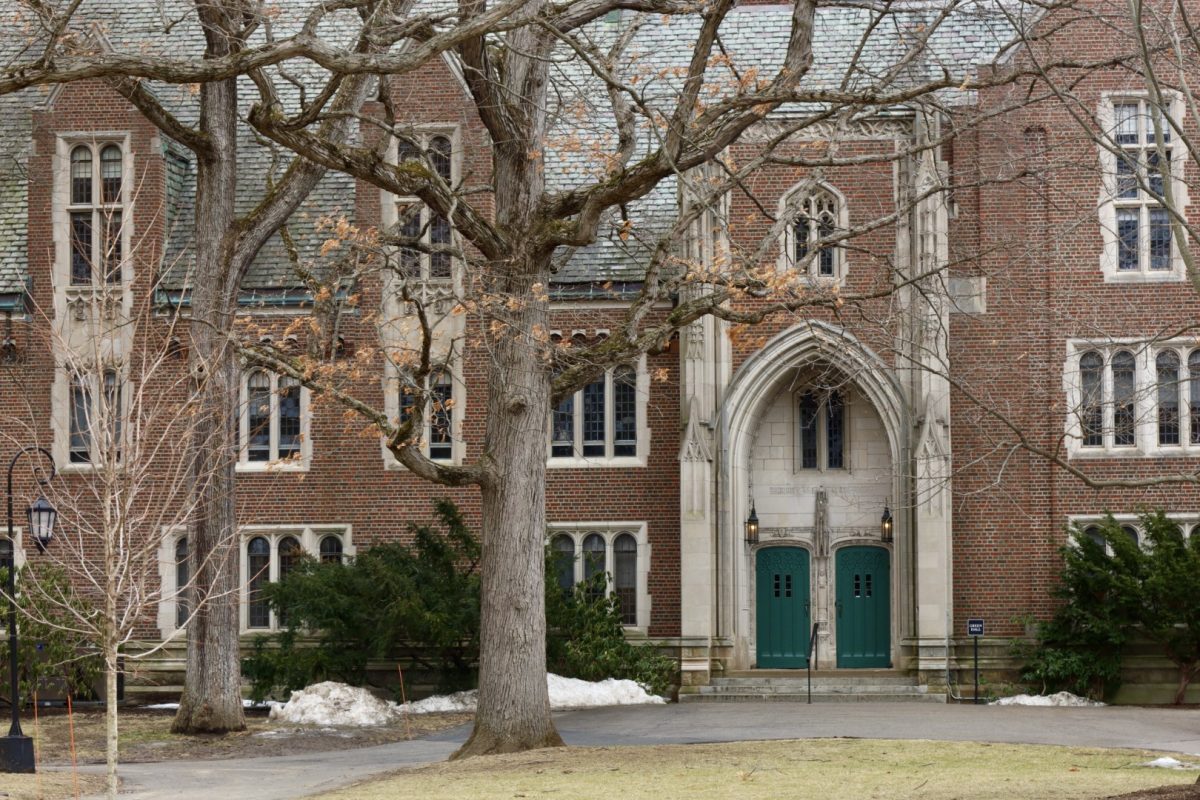The Wellesley Task Force on Science, which operated from 2008-2009, noted a persistent gap between students enrolled in introductory level courses and those completing STEM (science, technology, engineering and mathematics) majors. They found that African American and Latina students were not graduating with STEM degrees, despite evidence that they came to Wellesley with intentions to complete STEM majors. A similar STEM completion gap persists for students who are first-generation and/or from low-income families.
Wellesley College has received two awards from the Sherman Fairchild Foundation that support efforts to increase STEM persistence among the College’s underrepresented students (first-generation students, low-income students and students from traditionally marginalized groups). Persistence within a major beyond the first-year is an important predictor of persistence to graduation in that major. These grants have enabled the College to provide increased support to students from groups with historically lower participation rates in STEM, as well as for faculty to work with these students.
The College now plans to launch a new apprenticeship program for low-income, first generation and/or racially underrepresented students this spring. This idea is not new; however, this effort makes apprenticeships available across all STEM departments and builds on successful programs that are already in place.
“None of this that we are talking about is new at Wellesley. It’s been going on for a long time; it just hasn’t been integrated into a synthetic program and hasn’t been accessible to all students. Our idea here is to really take the good work that’s being done and to bring it together more synthetically and organically into a program that makes sense for students,” said Cathy Summa, Director of the Science Center.
This apprenticeship program builds community by supporting more-experienced students mentoring less-experienced ones in the lab environment. Associate Provost and Academic Director of Diversity and Inclusion Robbin Chapman explained the benefits of having such a model in place.
“[The apprenticeship program] gives [students] an opportunity to become familiar with and learn about the culture of a lab and the discipline, and to be around people who are thinking and talking about these things,” Chapman said.
Such a system brings first-year students into the lab community early on. It is the College’s hope that these students will persist and continue in STEM majors. Previous research has shown that research experience acts as a powerful incentive to continue in the sciences. Implementation of an apprenticeship program would help more first-years, specifically underrepresented first- years, gain valuable experience as scientists. Dr. Summa explained that apprenticeship is no different from job shadowing. She also explained that this program model is something the College is already familiar with as some departments have been engaging in this practice for years
These programs are meant to help improve the disparities in the number of underrepresented students graduating with majors in STEM fields. Summa and Chapman both emphasized that every student at Wellesley has the ability to succeed and underrepresented students interested in STEM arrive at Wellesley already having an interest, but fewer graduate with a degree in the sciences. The College is committed to ensuring that research and programs that increase STEM persistence, such as the summer research and apprenticeship program, will benefit Wellesley College as a whole.
“These strategies that we are proposing, the apprenticeship program, the summer research program, etc., are strategies that work for all students,” Summa said. “These are systemic problems. And so we’re trying to address them more systemically here at Wellesley College.”
Faculty play a crucial role in creating successful STEM experiences. Faculty are the advocates for their disciplines, play a role in encouraging students to build their STEM identities and create a sense of belonging in a scientific setting such as a lab.
This spring, the College will be supporting dialogue among faculty members in the sciences around these issues.
Most faculty labs are set up based on a research group model, which consists of a group of students with varied levels of experience, which allows more senior students to mentor less experienced ones. As more senior students graduate, first years are brought in, which allows continuity in research. First-years are encouraged to ask faculty members if they can volunteer in their lab and participate in programs such as biochemistry research week. These programs are designed to prepare students for other opportunities such as the summer research program.
The summer research program is a nine-week session that runs from June 1 to July 31. In December, faculty members submit lists of research projects they would like students to become involved with, and then the project descriptions are posted online for students to review. They then select the top three projects they are interested in.The list of research projects are driven by faculty members, but some students complete thesis work or do individual projects related to the professor’s scope of work.
“Students have a lot of autonomy within the scope of the interest of the faculty member’s research. If a student wants to propose her own research, she needs to identify a faculty member who will mentor that research,” Summa said.
The application process begins immediately after Wintersession and ends in mid-February. Each application is reviewed by multiple faculty members, and then students are notified of their application status before spring break. Applications are not only reviewed based on the student’s previous experience, but also based on their potential, and how the particular research project will aid them in achieving their potential. Applications for this year are now closed.
The summer program ends with a poster session with both science and social science participants so students gain a sense of what it is like to present research at a disciplinary conference. Some students even travel to present their work off-campus, with the College often supporting student travels. The summer program also invites speakers from outside the College to speak to students about broad scientific topics.
First-year student Alejandra Escamilla, who heard about the program through her Latina advisor, applied to the summer research program to learn more about Astronomy and see whether or not it is the right field for her.
“I hope to learn as much as I can on Astronomy, and to actually see what it is astronomers do other than observe stars, but most importantly get hands-on experience on what I will most likely be doing for the rest of my life,” Escamilla said.
During last year’s summer research program, 36 percent of students came from underrepresented groups, including first-generation students, low-income students and students traditionally minoritized in the sciences.
“We feel we achieved a very good balance. It was the highest under-represented participation rate we’ve ever had,” Summa said.
Amina Ziad ’17, participated in the summer research program last year where she worked in the honey bee lab and participated in fieldwork. She feels the program helped her improve her ability to think on the spot, which is a valuable skill when doing fieldwork. Ziad is continuing her research this semester.
“The professor I worked with, Heather Mattila, was very clear about what to expect when I applied for a position in her lab and so I felt very well-prepared going into the summer. I definitely believe that I would be prepared if I were to move on to another organismal/behavioral biology lab,” Ziad said.
Wellesley College continues to expand its outreach efforts to help underrepresented students in STEM majors. The College is currently pursuing additional funding for the sophomore early research program. The program will target students who are eligible for work-study specifically, and enable students to do lab research as academic-year work assignments. This program would give students access to opportunities they might otherwise miss out on.
“The whole idea of what we’re trying to do is give people access and identify the barriers we can reduce or eliminate,” Chapman said.
Wellesley currently has the highest student publication rate amongst its peers, and will continue building its strong reputation in the sciences, whilst developing a system that will strengthen equity among all students.
Photo courtesy of Mehak Sarang ’18 and Emily Nip ’18






